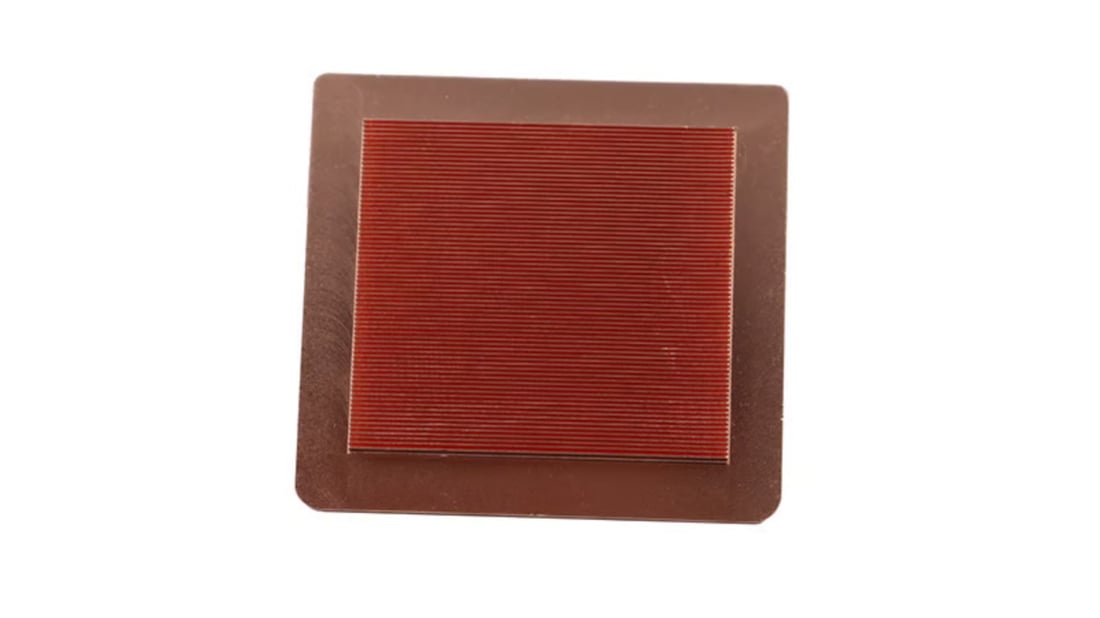When it comes to managing heat in electronic devices, heat sinks and heat pipes are two popular solutions. Both are designed to dissipate heat effectively, but they operate on different principles. In this article, we will dive into the key differences between a heat sink and a heat pipe.
Structure and Function
A heat sink is a passive cooling device that consists of a metal structure with fins that are in contact with the heat source. The heat is transferred from the source to the heat sink through conduction, and then dissipated into the surrounding air through convection. On the other hand, a heat pipe is a heat transfer device that contains a working fluid, typically in a sealed copper tube. The fluid evaporates at the heat source, moves to the cooler end of the pipe, condenses, and returns to the heat source through capillary action.
Efficiency and Performance
Heat pipes are known for their high efficiency in transferring heat over long distances with minimal temperature drop. They have a much higher thermal conductivity compared to traditional metal heat sinks, making them ideal for applications where space is limited or heat needs to be transferred over a greater distance. Heat sinks, while effective in many applications, may not be as efficient as heat pipes in certain situations.
Installation and Maintenance
Heat sinks are relatively easy to install and typically require little to no maintenance. They are usually attached directly to the heat source using thermal interface materials such as thermal paste or pads. Heat pipes, on the other hand, may require more careful installation due to their sealed design and use of a working fluid. While they are generally low maintenance once installed, any damage to the sealed tube can compromise their effectiveness.
Size and Weight
Heat sinks are usually larger and heavier compared to heat pipes due to their solid metal construction. This can be a disadvantage in applications where space and weight are critical factors. Heat pipes, with their compact and lightweight design, offer a more versatile solution for heat transfer in confined spaces or weight-sensitive applications.
Cost Considerations
Heat sinks are typically more cost-effective than heat pipes, especially for low to medium heat dissipation requirements. The materials and manufacturing processes involved in producing heat sinks are generally less complex and more readily available, making them a more affordable option for many applications. Heat pipes, while more expensive, offer superior heat transfer capabilities for demanding applications.
Temperature Range and Tolerance
Heat pipes are capable of handling higher temperatures compared to most heat sinks. The working fluid inside the heat pipe allows for efficient heat transfer even at extreme temperatures. Heat sinks, on the other hand, may have temperature limitations based on the materials used and their design. It is important to consider the temperature range and tolerance when choosing between a heat sink and a heat pipe.
Applications and Industries
Heat sinks are commonly used in electronic devices such as computers, LED lights, and power supplies to dissipate heat generated by components. They are also used in automotive cooling systems and HVAC units. Heat pipes are favored in aerospace, military, and industrial applications where high-performance heat transfer is essential. They are used in spacecraft thermal control systems, heat exchangers, and CPU cooling.
Noise and Vibration
Heat sinks are typically silent and do not produce any noise or vibration as they passively dissipate heat. Heat pipes, while efficient, can produce some noise during operation due to the movement of the working fluid inside the sealed tube. This may be a consideration in noise-sensitive applications where silent operation is crucial.
Customization and Design Flexibility
Heat sinks can be easily customized in terms of size, shape, and material to suit specific heat dissipation requirements. They can be designed to fit different form factors and can be made from materials such as aluminum, copper, or even graphite. Heat pipes offer less flexibility in terms of customization due to their sealed design and working fluid, but they can still be tailored to specific applications with careful consideration of the operating conditions.
Environmental Impact
Heat sinks are generally more environmentally friendly than heat pipes due to their simpler construction and use of recyclable materials. Heat pipes, while efficient, require careful disposal if they contain hazardous working fluids such as ammonia or water with additives. It is important to consider the environmental impact of both heat sink and heat pipe solutions when choosing the appropriate cooling method for your application.

